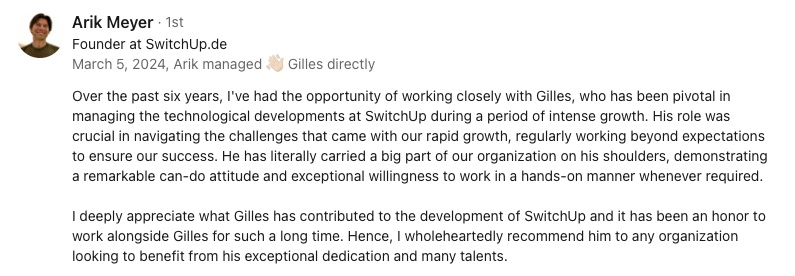Abstract:
Privacy-Preserving Analytics (PPA) has become crucial in safeguarding sensitive data while enabling analysis. It involves methods like encryption, anonymization, and pseudonymization. Chief Technology Officers and Directors of Technologies play a key role in implementing PPA techniques to balance data analysis and privacy. Directors of Engineering are responsible for designing secure data processing systems with privacy in mind. The future of PPA looks promising with advancements in technologies like federated learning, differential privacy, and homomorphic encryption, offering more secure and privacy-preserving data analysis methods. Embracing PPA techniques will help organizations navigate the data privacy landscape and leverage data for business growth.
Privacy-Preserving Analytics: A New Era of Secure Data Analysis and Data Privacy SolutionsPrivacy-Preserving Analytics: Secure Data Analysis for Confidential Data Processing
In today's technology-driven world, data privacy and security have become paramount concerns for organizations and individuals alike. With the ever-increasing volume of sensitive data being generated and processed, there is a pressing need for advanced Privacy-Preserving Analytics (PPA) techniques. PPA refers to a set of methods and technologies that enable data analysis while preserving the confidentiality and privacy of the data being processed. Confidential data processing is critical in industries such as healthcare, finance, and government, where data privacy breaches can result in severe consequences.
The Role of Chief Technology Officers and Directors of Technologies in Privacy-Preserving Analytics
As technology leaders, Chief Technology Officers (CTOs) and Directors of Technologies play a crucial role in implementing PPA techniques in their organizations. They are responsible for ensuring the security and privacy of sensitive data while enabling data-driven decision-making. By adopting PPA techniques, technology leaders can strike a balance between data analysis and data privacy, enabling organizations to leverage the value of data while minimizing the risks associated with data breaches.
Data Privacy Solutions: A critical component of Privacy-Preserving Analytics
Data Privacy Solutions are a critical component of PPA techniques. They enable organizations to protect sensitive data while enabling data sharing and analysis. Data Privacy Solutions include technologies such as encryption, anonymization, and pseudonymization. Encryption is the process of converting plaintext data into ciphertext, which can only be accessed by authorized users. Anonymization involves removing personally identifiable information (PII) from data, while pseudonymization involves replacing PII with artificial identifiers.
Privacy-Preserving Analytics: A Game Changer for Directors of Engineering
Directors of Engineering play a significant role in implementing PPA techniques. They are responsible for ensuring that data processing systems and applications are designed and developed with privacy and security in mind. By adopting PPA techniques, Directors of Engineering can ensure that data processing systems are secure, compliant, and respect user privacy. In addition, PPA techniques enable Directors of Engineering to build data pipelines that can handle sensitive data in a secure and privacy-preserving manner, enabling data-driven decision-making while minimizing the risks associated with data breaches.
The Future of Privacy-Preserving Analytics
The future of PPA techniques is promising, with advancements in technologies such as federated learning, differential privacy, and homomorphic encryption. Federated learning enables machine learning models to be trained on decentralized data, eliminating the need for data centralization and reducing the risks associated with data breaches. Differential privacy enables the addition of random noise to data, preventing the identification of individual data points while enabling data analysis. Homomorphic encryption enables data processing and analysis to be performed on encrypted data, preserving data privacy and security.
In conclusion, Privacy-Preserving Analytics is a critical component of modern data processing systems. By adopting PPA techniques, organizations can leverage the value of data while minimizing the risks associated with data breaches. Technology leaders, including Chief Technology Officers, Directors of Technologies, and Directors of Engineering, play a crucial role in implementing PPA techniques in their organizations. The future of PPA techniques is promising, with advancements in technologies such as federated learning, differential privacy, and homomorphic encryption. Organizations that embrace PPA techniques will be better positioned to navigate the increasingly complex data privacy landscape and leverage the value of data to drive business growth and innovation.














